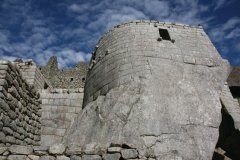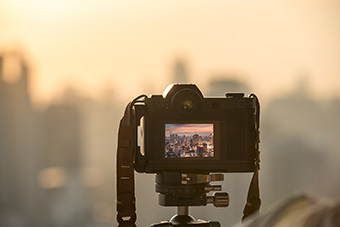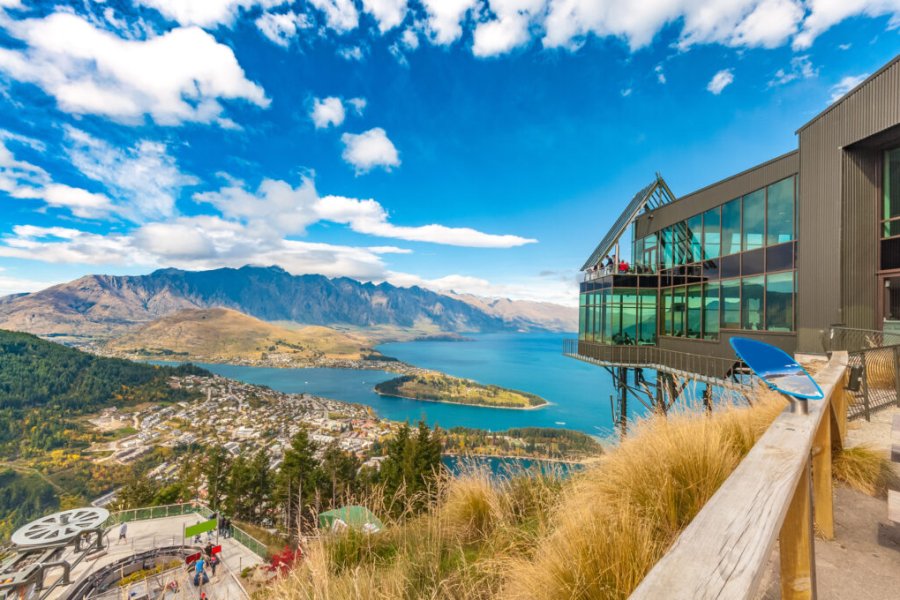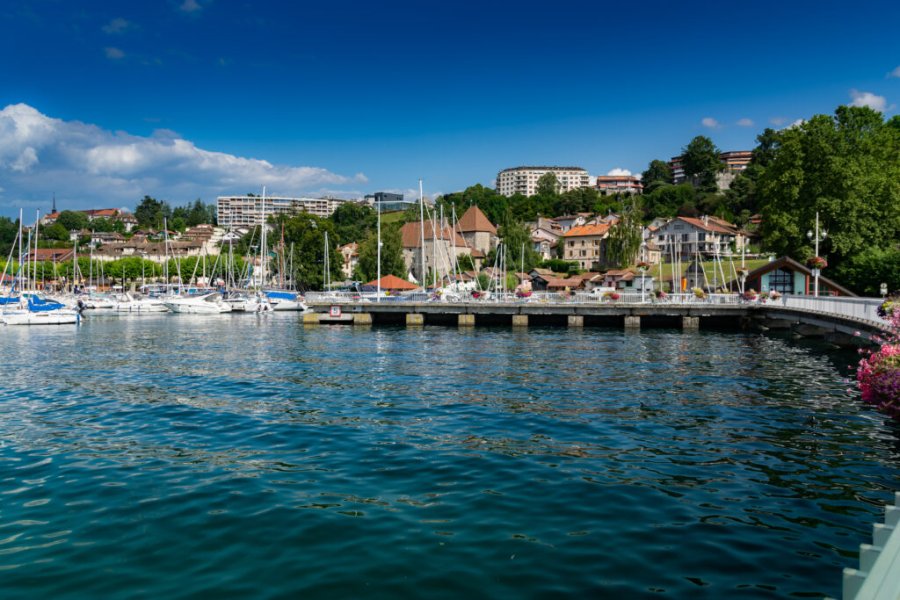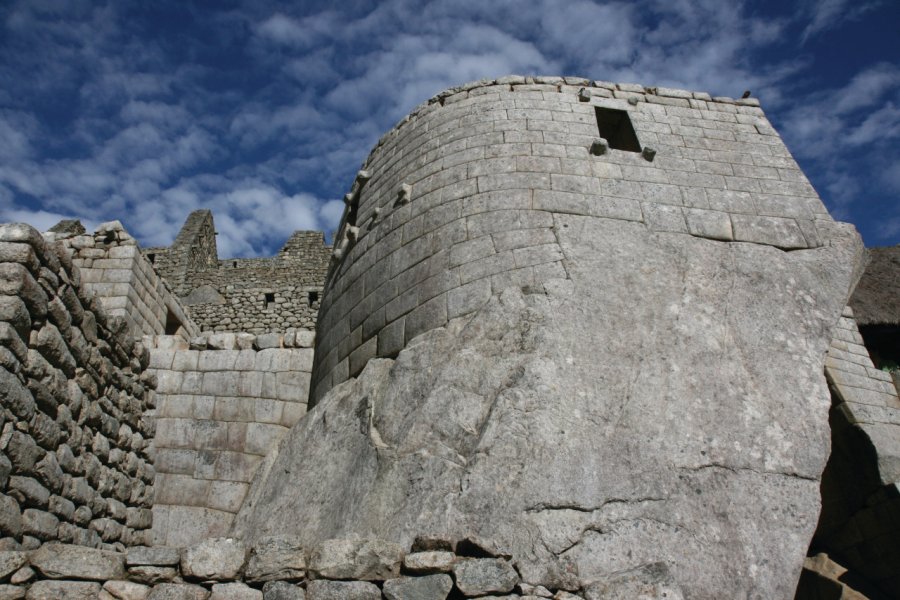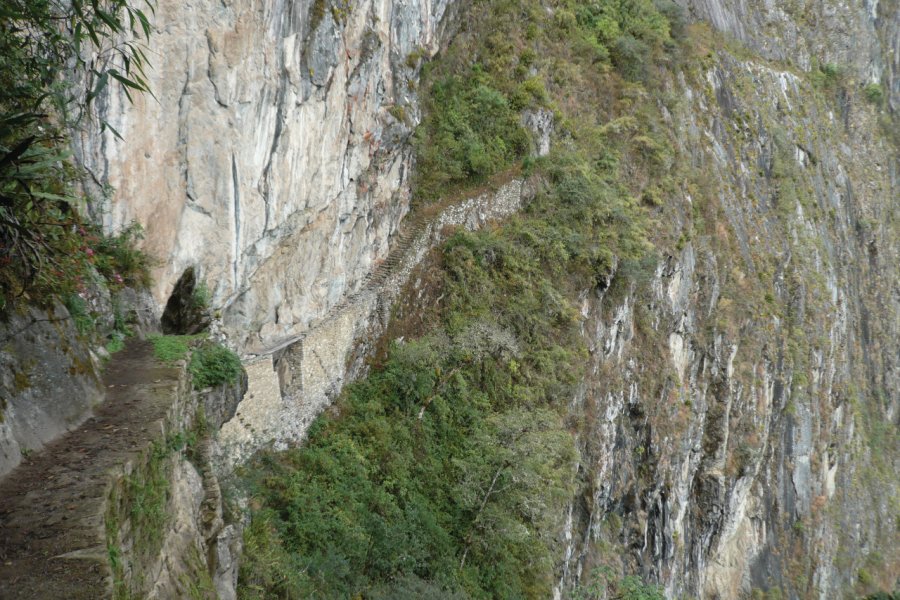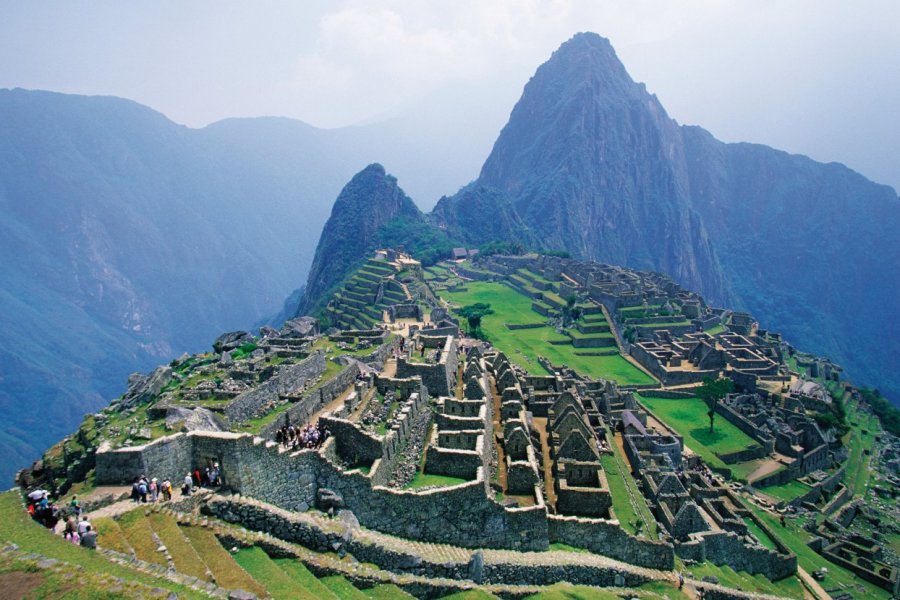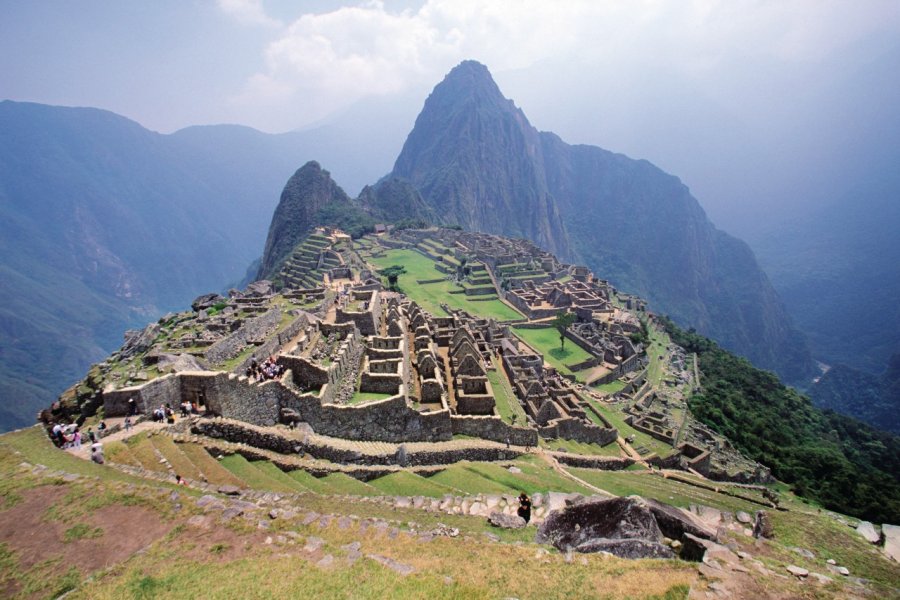Travel Guide Machu Picchu
Machu Picchu is located in Peru, 130 km from Cuszo, in the Sacred Valley of the Incas. It is one of the most visited destinations in the world by the tourists. Classified in the world heritage of the humanity by the Unesco, it is one of the seven wonders of the world and one of the major archaeological sites of Latin America of which Pablo Neruda sang the beauty. Built in the XVth century on a rocky promontory of the Andes, at 2 400 m of altitude, this Inca citadel is remarkably well preserved. The terraces of cultures to side of mountain allowed to feed 10 000 persons. The city with 172 buildings which display remarkable stone assemblies is organized in distinct districts, behind a 400 m long wall. Sacred, religious, noble and poulary districts. One admires the Temple of the Sun and other splendid buildings lined up in the historical Sanctuary of Machu Picchu.
The nearest village, base camp for Machu Picchu, is Aguas Calientes, 400 m below. A bus service connects the site and several pedestrian paths, including the Inca Trail, the most frequented one that can only be taken with a guide. No road serves Aguas Calientes: the visitors of Machu Picchu must walk or use the railway line that connects the village from Ollantaytambo or the hydroelectric plant of Santa Teresa. Attention the entrance tickets for the site are bought in Cusco or in Aguas Calientes, not on the spot. The site is open from 6 am to 5 pm. We visit by limited group of people and by 3 hours.
What to visit Machu Picchu?
Suggested addresses Machu Picchu
When to go to Machu Picchu?
When to go to Peru ? On the heights of the Andes, and particularly at Machu Picchu, the very high tourist season extends from mid-June to the end of August: it is then the best season to visit Machu Picchu and the other Inca sites (dry and sunny weather) but there are a lot of people and often queues for example to go up by shuttle to the site of Machu Picchu. The best period would be from mid-April to mid-June when all the Sacred Valley is green and the visitors less numerous. In Peru, there are more than 3,000 traditional festivals; if most of them have been Christianized, the pre-Columbian influences are still alive. The only festival that attracts thousands of foreign travelers, and therefore requires that you book your accommodation well in advance, is the festival of the Inti Raymi, on June 24 in Cusco. The Holy Week and the dates around the 28th and 29th of July, national holiday, are often very requested. Finally, you should know that the Inca Trail trek is closed during the month of February, because of the heavy rains and for security reasons.
Weather at the moment
The weather in Peru is pleasant all year round. In Cusco, the temperatures are always pleasant. The average temperatures range from 20°C in January to 22°C in October. It rains the most from December to February. The most pleasant time to stay in Cusco is from May to September. On the Machu Picchu site, the days are hot and humid, the nights cool. The temperature varies between 12 and 24 °C. Rainfall is heavy from November to March. Heavy rainfall alternates with beautiful clearings.
The currency of Peru is the nuevo sol( pluralsoles ) symbolized S/. Even if the cost of living has risen considerably in recent times, a trip to Peru remains affordable (but much less cheap than in Bolivia). As long as you choose unpretentious establishments, you can stay for almost nothing, and the same goes for food. Transportation, even by plane, is not very expensive. Most of the expenses will be devoted to activities. The discovery of Machu Picchu remains very affordable.
For a trip to Peru and a visit to Machu Picchu, no visa is required. A 90-day tourist visa will be automatically issued to you upon your arrival on the territory. The maximum duration is 183 days per year with a tourist visa. Passport controls are possible when crossing a provincial border. You must also present your passport when booking national or international flights and even when purchasing bus tickets from certain companies. The tourist sheet (or tarjeta migratoria) is now electronic. Your data is automatically entered into the Migraciones system. If you are in border regions and your visa is about to expire, it is advisable to travel abroad to re-enter as a tourist and thus extend your time there. If your stay exceeds the authorized duration, a fine of US$1 per day of delay will be requested when you leave the country.
To enter Peru and discover Machu Picchu, no specific vaccine is required if you are coming from Europe, North America, Oceania or Asia. However, if you have recently travelled to some countries in Africa or South America, you will be asked for a yellow fever vaccine certificate. In addition, it is recommended to be up to date with the usual vaccines (hepatitis A, hepatitis B, rabies, tetanus-polio, typhoid). It is strongly recommended to protect yourself against yellow fever and take malaria treatment if you intend to travel to the Amazon area. Similarly, remember to remain vigilant against the risks associated with water, as tap water is not drinkable in Peru.
Practical information
- When to travel?
- Weather forecast
- Budget
- Formalities
- Health
- How to travel by yourself?
- How to get organized?
- Getting around
Media
How to go to Machu Picchu? Our advice & tips
Tour operators specialized in this region of South America are numerous and know the destination well. By looking at the existing offer you will most certainly find the formula that suits you best, both in terms of travel time, preferred areas and prices. The packages combining flights, accommodation and visits to the main Peruvian sites (Machu Picchu, Cusco, Titicaca) are generally interesting and above all greatly facilitate the organisation of the stay.
You will arrive from Europe to Lima airport, so you will need to plan a transfer to Cusco, either by bus or by plane to Cusco airport. The average price of a flight to Lima from France in July (high season) is about €1,000. From about 700 € in low season. It should be noted that the price variation depends on the company borrowed but, above all, on the time required to book. To obtain attractive rates, it is essential to do so in advance, ideally six months before departure! Booking your accommodation in advance can also be a good way to save money.
If you have little time, the poor state of the roads and buses will push you to opt for the plane, the tariffs being very affordable to connect the main points of the country. Otherwise, you will take the bus, the most widespread, cheapest and most practical means of transportation. The country is criss-crossed in all directions by this public transport. A nice train trip (Lima-Huancayo) can be made (twice a month between April and November) while the boat will be your indispensable vehicle in Amazonia: ferries connect Yurimaguas and the Triple Frontier (Peru-Brazil-Colombia) in 3 to 5 days depending on the direction of the current.
